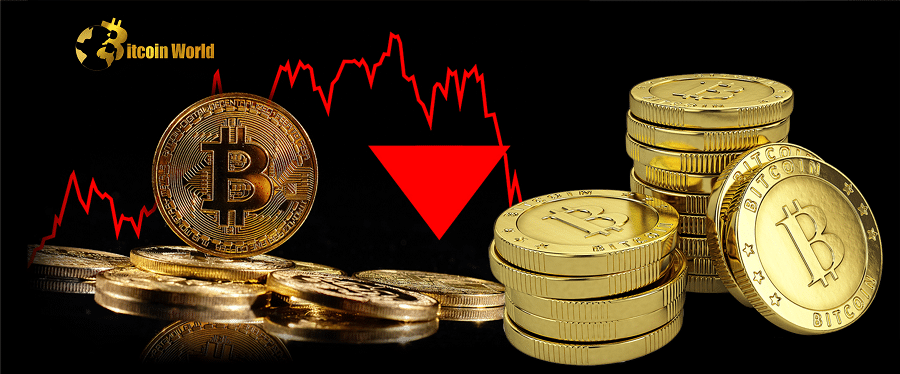Bitcoin was on track to shatter a nearly 10-year-old record, but a recent price drop put an end to the multi-day winning streak.
The cryptocurrency’s two-week winning streak came to an end on Jan. 18 when it produced its first red candle.
The day before, Bitcoin was on track to match or maybe break its November 2013 record of 15 straight days of positive price movement, the longest such stretch in the cryptocurrency’s history.
While the record was not broken, Bitcoin did set the longest win streak since the 2013 record in what some Twitter commenters called a “ridiculous” run up.
According to Cointelegraph data, Bitcoin lost 2.4% on the day and was back under $21,000, a level it hadn’t touched since the bankruptcy of crypto exchange FTX in early November last year.
The fundamental cause of the negative price movement appears to be an ominous declaration made earlier on Jan. 18 by the United States Department of Justice (DOJ) that it would “launch an international cryptocurrency enforcement action.”
Many thought that the move was against a prominent exchange or crypto firm, but it turned out to be against a little-known exchange called Bitzlato, which is based in Hong Kong and has ties to Russia. Anatoly Legkodymov, the exchange’s founder, was also detained.














